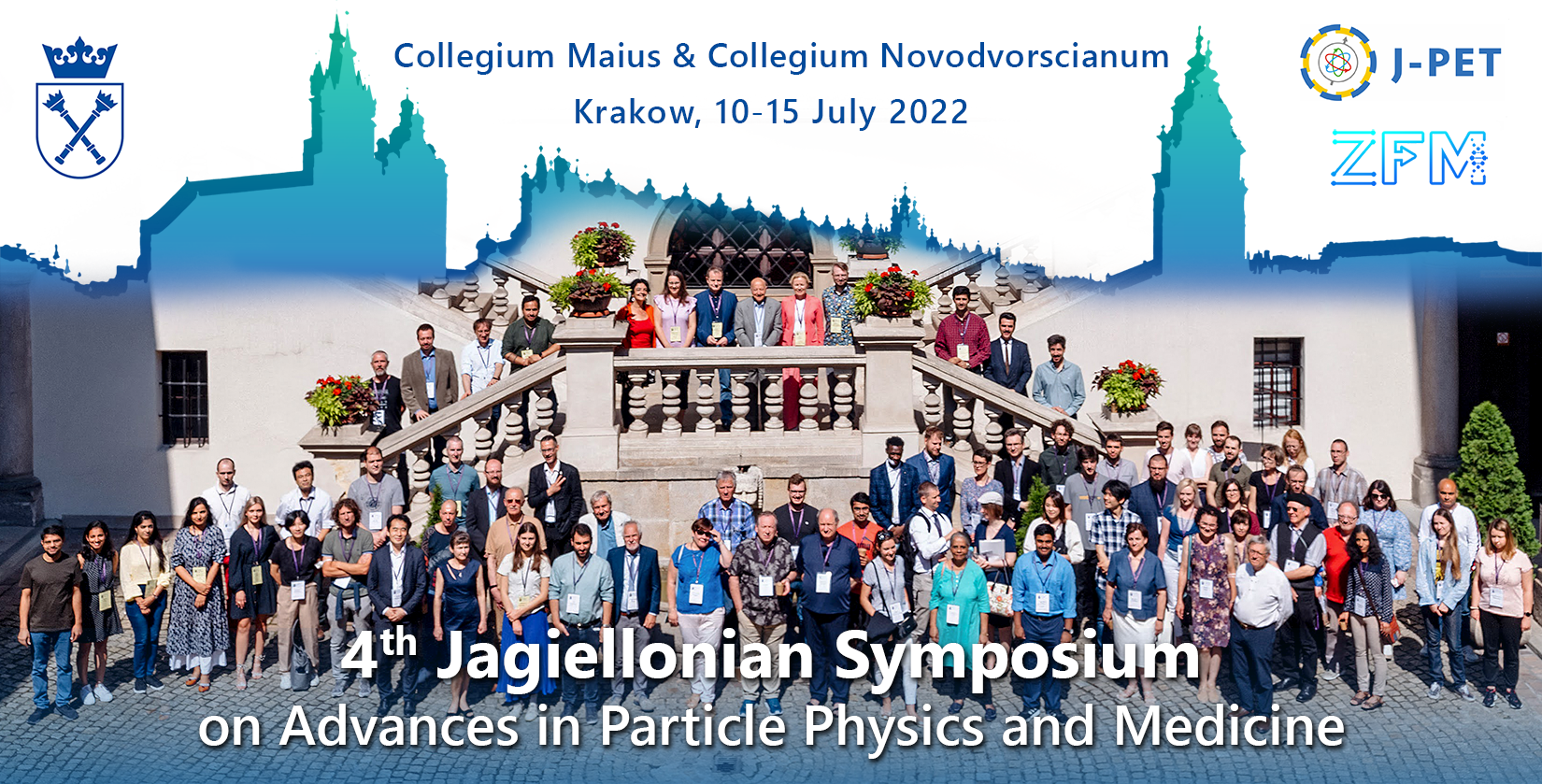Speaker
Description
The first Total Body PET scanner have been installed in several (>10) institutions in Europe despite its high acquisition price of 8-10 MEuro. The first experiences of these groups have been closely followed and important conclusions are:
•Scan times of 15 sec to 1 min deliver excellent quality for standard doses (used on nowadays standard short axial FOV)
•Data handling and size are challenges due to the very high sensitivity
•Patient throughput is potentially high (one patient every 3 min) not limited anymore by the scan time but mostly by patient handling and a shortage of personnel
Also in the clinical world there are gradual changes ongoing and expected. PET is not only used for detection but more and more for (expensive) therapy prediction and follow-up. There will be more and more selected screening based on genetic information, blood test and/or patient history. Even with selected screening there will be a high number of patients and repeat scans. Patients will also quite often healthy (or in an early stage of cancer).
This change in the patient population and clinical needs can be dealt with PET scanners with the following properties
•Lower dose imaging (healthy patients)
•Faster imaging + higher throughput
•Lower cost imaging (systems + procedure)
•Less personnel per scan (shortage of personnel)
Therefore we redesigned TB-PET towards a fast technique with high throughput. Using the latest monolithic detector technology we propose a new design, departing from the classical patient positioning on a bed. We propose an upright scanner (similar to airports mm-wave scanners or planar X-ray) using TOF technology. This optimises detector area and avoids time consuming patient positioning.
The following key elements enable such a design:
•The presence of TOF gives us direct tomographic information and obviates the need for complete coverage of the patient.
•Scatter and attenuation correction can be done with Deep learning
•CT can be avoided and leads to lower dose to the patient
•The size of the detectors is based on measurement from a PET patient population
The main benefits of this design regarding cost and performance are:
•We need 1.9 x less detector surface for the same axial FOV (due to close detectors)
•The effective sensitivity is higher as there are more oblique incidences with flat panels
•Monolithic detector technology (High resolution + Depth of interaction) enables system resolution below 2mm (over the whole FOV).
Finally the potential clinical throughput, patient experiencse and patient motion was evaluated using a first mockup flat panel scanner in a NM department.

